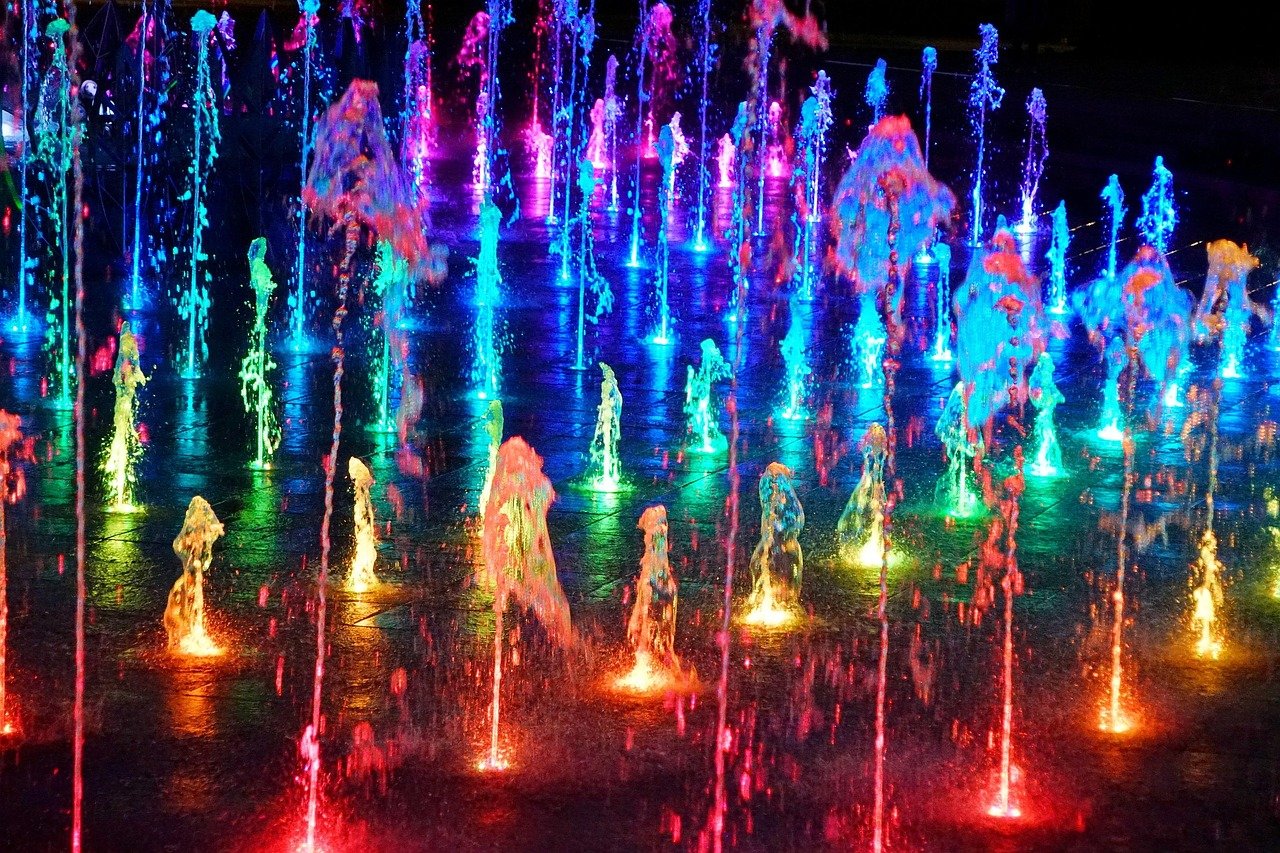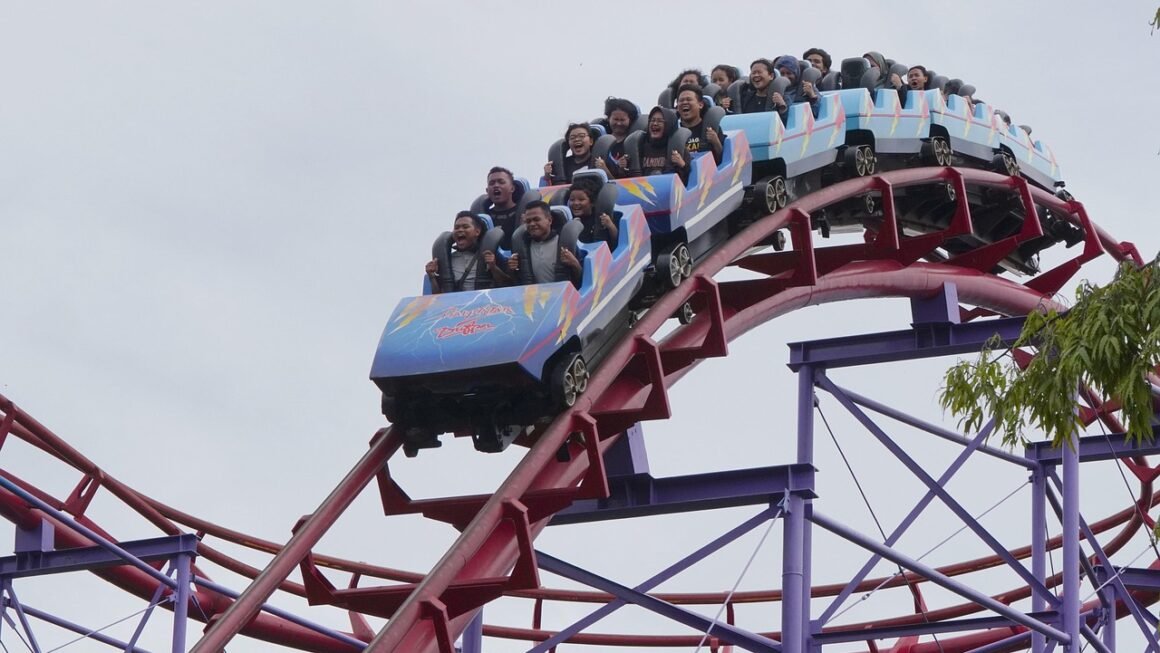Animation, the art of bringing static images to life, has evolved from simple flipbooks to complex 3D masterpieces. It’s a powerful storytelling medium used in everything from blockbuster films and television commercials to educational videos and interactive games. Understanding the nuances of animation can significantly enhance your appreciation for this captivating art form and even inspire you to create your own animated content.
The History and Evolution of Animation
Early Animation Techniques
The roots of animation stretch back to the 19th century with inventions like the phenakistoscope and zoetrope. These early devices used rotating discs or drums to create the illusion of movement from a sequence of images.
- Phenakistoscope: Invented in 1832, this device used a spinning disc with slots and hand-drawn images.
- Zoetrope: Introduced in the 1860s, this device utilized a rotating cylinder with images inside, viewed through slits.
These inventions laid the groundwork for more sophisticated techniques. By the early 20th century, stop-motion animation and cel animation emerged as dominant methods.
The Golden Age of Animation
The “Golden Age” of animation, primarily spanning from the 1930s to the 1960s, saw the rise of major studios like Disney, Warner Bros., and MGM. This era was characterized by iconic characters and groundbreaking technical advancements.
- Disney’s Innovations: Snow White and the Seven Dwarfs (1937) was the first full-length animated feature film, marking a pivotal moment in animation history. Disney continued to push boundaries with techniques like the multiplane camera.
- Warner Bros.’ Humor: Looney Tunes and Merrie Melodies introduced iconic characters like Bugs Bunny and Daffy Duck, known for their witty humor and slapstick animation.
- The Rise of Television Animation: The advent of television opened new avenues for animation, with shows like The Flintstones becoming instant hits.
The Digital Revolution in Animation
The late 20th and early 21st centuries witnessed a digital revolution in animation. Computer-generated imagery (CGI) transformed the industry, enabling the creation of increasingly realistic and complex visuals.
- CGI’s Impact: Films like Toy Story (1995) demonstrated the capabilities of CGI, paving the way for a new era of animated films.
- Motion Capture Technology: Motion capture allows animators to record the movements of live actors and translate them into realistic character animation.
- Increased Accessibility: Software advancements have made animation tools more accessible to independent animators and creators.
Types of Animation
2D Animation
2D animation involves creating movement in a two-dimensional space. It’s a traditional and versatile technique with various subcategories.
- Cel Animation: The classic method of drawing each frame on transparent acetate sheets (cels). Each cel is painted and then photographed over a background. Example: The Lion King.
- Traditional Animation: Similar to cel animation but uses digital tools for drawing and painting. Example: The Simpsons.
- Cutout Animation: Characters and objects are created from flat materials like paper or cardboard, then manipulated frame by frame. Example: South Park (early seasons).
- Rotoscoping: Animators trace over live-action footage frame by frame. Example: Waking Life.
3D Animation
3D animation involves creating movement in a three-dimensional space using computer software.
- Character Modeling: Creating digital models of characters and objects.
- Rigging: Adding a digital skeleton to the model, allowing it to be animated.
- Texturing: Adding surface details and colors to the model.
- Rendering: The final process of generating the animated frames from the 3D scene. Examples: Toy Story, Frozen, Avatar (although technically live-action, it heavily relies on 3D animation for character creation).
Stop Motion Animation
Stop motion animation involves physically manipulating objects in small increments between individually photographed frames.
- Claymation: Using clay figures that are molded and moved frame by frame. Example: Wallace and Gromit.
- Puppet Animation: Using articulated puppets that are posed and photographed frame by frame. Example: Coraline.
- Object Animation: Using everyday objects to create animated stories. Example: The Nightmare Before Christmas.
The Animation Production Pipeline
Pre-Production
This initial phase sets the foundation for the entire animation project.
- Storyboarding: Visualizing the story with a sequence of drawings, outlining key scenes and actions. Crucial for planning camera angles and character positioning.
- Character Design: Developing the visual appearance and personality of the characters.
- Scriptwriting: Writing the dialogue and narrative for the animation.
- Animatic: A preliminary version of the animation, combining storyboards with a soundtrack.
Production
The production phase is where the animation comes to life.
- Modeling (3D): Creating 3D models of characters, environments, and props.
- Animation (2D/3D/Stop Motion): Bringing the characters and objects to life through animation techniques.
- Rendering (3D): Generating the final animated frames from the 3D scene.
- Compositing: Combining various elements, such as backgrounds, characters, and special effects.
Post-Production
This final stage involves refining and polishing the animation.
- Editing: Assembling the animated scenes into a coherent sequence.
- Sound Design: Adding sound effects, music, and dialogue.
- Visual Effects (VFX): Enhancing the animation with special visual effects.
- Color Correction: Adjusting the colors and overall look of the animation.
Animation Software and Tools
2D Animation Software
- Adobe Animate: Industry-standard software for creating vector-based 2D animations.
- Toon Boom Harmony: Powerful software used for creating complex 2D animations for film and television.
- Clip Studio Paint: Popular software for drawing and painting, also used for creating frame-by-frame animation.
- OpenToonz: Free and open-source software used for professional 2D animation, including Studio Ghibli’s productions.
3D Animation Software
- Autodesk Maya: Industry-leading software for 3D modeling, animation, and rendering.
- Blender: Free and open-source software for 3D creation, offering a wide range of tools for modeling, animation, and rendering.
- Autodesk 3ds Max: Powerful software for 3D modeling, animation, and rendering, often used in game development and architectural visualization.
- Cinema 4D: User-friendly software for 3D modeling, animation, and rendering, popular for motion graphics.
Stop Motion Animation Software
- Dragonframe: Industry-standard software for capturing and controlling stop-motion animation.
- iStopMotion: User-friendly software for creating stop-motion animations on Mac and iOS devices.
Conclusion
Animation is a constantly evolving art form that continues to captivate audiences worldwide. From its humble beginnings to the sophisticated techniques used today, animation plays a significant role in entertainment, education, and beyond. Whether you’re an aspiring animator, a curious enthusiast, or a professional seeking to expand your knowledge, understanding the history, techniques, and tools of animation can unlock new creative possibilities and deepen your appreciation for this dynamic medium. Embrace the power of animation and bring your imagination to life!



